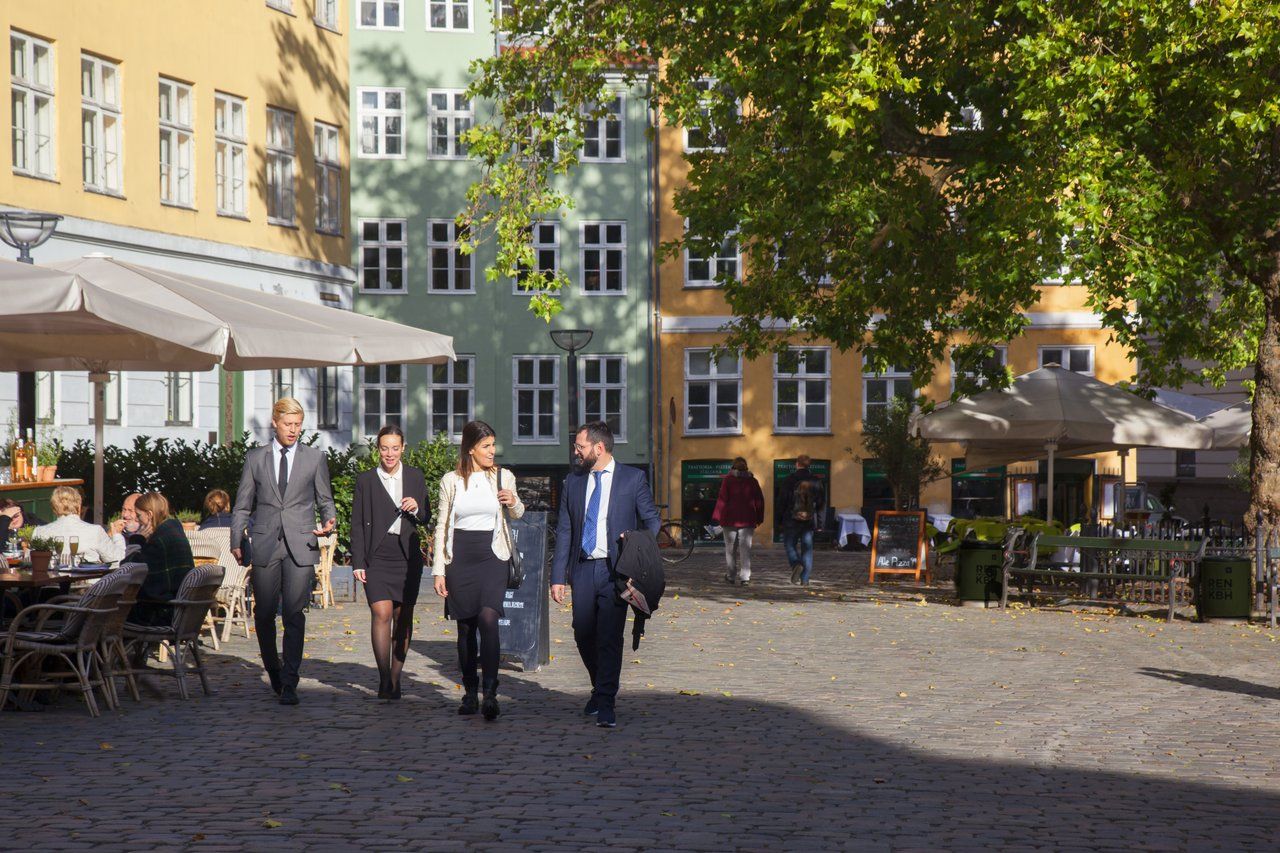At the Jobcenter on Skelbækgade in Copenhagen's Vesterbro district, young people pass in and out of the office. They’ve been attending seminars, writing CVs and sending out applications. It is at these employment centres that many young people spend their days. Some are hoping to restart their careers. Others are simply looking to begin one. The stories may differ, but they all share similarities, unemployment and a request for no last names.
Heading out of the centre is 22 year-old Sara, she has been unemployed since giving birth three years ago.
“I started school, but dropped out and then I had my daughter,” she explained. “It has been hard finding a job that fits the time schedule of a single mother.”
The 16-24 year-old age group, the one Sara belongs to, has been hard hit in the job market during the recession. According to numbers from Danmarks Statistik, in April 2008 only 1,8 percent of the group were classified as being unemployed, that number has now nearly tripled, with April this year showing a 5 percent unemployment rate among the age group.
Sara said she has sent out about 150 applications, but the few positions she has been offered have conflicted with her duties as a single mother.
“It has been very hard being on unemployment benefits, especially with a child. The amount I get doesn’t last the month, I would say the money usually runs out after 15 days.”
Sara’s situation is far from unique. Countries like Greece and Spain are struggling with a record high unemployment among their young. A Eurostat survey revealed that 60 percent of Greeks under the age of 25 answered that they were unemployed, but actively looking for a job, in Spain the number stands at 56 percent. The total number of people under the age of 25 without a job in the EU stands at a staggering 6 million.
The situation has become so alarming that the European Commission was due to address it when it met today in Brussels for its June meeting.
In the same survey Denmark’s unemployment rate was 12.8 percent. Even though that’s far lower than elsewhere in Europe, in years leading up to the Great Recession it was around 10 percent, according to Eurostat figures.
According to Michael Svarer, professor at the School of Economics and Management at the University of Aarhus, it is normal that during a recession unemployment increased most for the young.
“It is really a classic crisis phenomenon,” he said. “The young lose their jobs first and in that sense there is a direct correlation between a recession and unemployment among the young.”
Young people like Sara, who lack an education and have been unemployed for an extended period, are the most vulnerable in the job market and those that are worst hit by recessions.
“The longer you stay unemployed the harder it will be for you to find a job,” said Svarer. Research supports his claim. A study by Rand Ghayad of Northeastern University showed that far more important for potential employers than experience was the amount of time an individual had been unemployed.
According to Svarer the way to help the long-term unemployed is for the government to help them get educated or find a field that fits them.
Svarer argued that the job market policies carried out in Denmark are generally good, but pointed out that the most important thing was for the economy to get back on the path to growth.
The demographic group above Sara, those aged 25-29, has been the one worst hit by the Great Recession. Many were freshly out of school when unemployment began to rise sharply. The numbers for this group are indicative of the problem. In April this year the group’s unemployment rate was 9.7 percent, the highest among any age group. Five years ago it was 3.6 percent.
That sudden rise has many, including European Commission president Jose Manuel Barroso, warning that Europe is in danger of having a “lost generation” of young people. Although times are grim, Svarer doesn’t think that the description applies in Denmark’s situation.
“Previously we have also had a large number of unemployed young people and in the long-run, those generations did not end up being worse of than other generations. There is, however, a risk that those that are most vulnerable in the group, who don’t have an education or other qualifications, could end up getting stuck and those are the people that we need to help.”
Svarer estimated that a turn for the better could be expected in around three years, but that in short-term some people fresh out of school might find themselves stuck doing jobs they are overeducated for, a problem he believes will work itself out in the long run.
But for Sara and others like her, the long-run might be too late.














